Flynt unveils its first electric van for Europe
The new EV is currently simply known as eLCV (electric Light Commercial Vehicle). Flynt says that it was specially developed for European cities, regions and last-mile delivery services. According to the startup, it will combine outstanding efficiency, an impressive payload and a digital driving experience in a robust, versatile design. Moreover, the model can also be configured as a camper van.
Flynt, which first made the news in January, has thrown out ‘legacy thinking’ and designed ‘something entirely new’, as founder Daniel Kirchert put it. “We’re not a carmaker in the traditional sense. We’ve built a smarter, more flexible model – one that puts customer needs first.”
Instead of building its own factories, Flynt relies on a so-called ‘asset-light’ business model: research, development and production are handed over to partners – in particular MiracoMotor, a subsidiary of the Chinese automotive group GAC.
Chinese technology meets European requirements
The decision to work with MiracoMotor and GAC was a conscious one: “Our focus is clear: we define the product, design the experience, and own the entire customer journey,” said Moritz Klinkisch, Co-Founder of FLYNT. “We partner with the most innovative players in the industry for development and production — allowing us to stay fast, focused, and relentlessly customer-driven.”
From the very beginning, Flynt was looking for the optimal combination: European design and market understanding paired with state-of-the-art EV technology from China. “This isn’t a retrofit. It’s not a compromise,” said Kirchert. “It’s what happens when you throw out legacy thinking and design something entirely new, around what customers actually need.”
The all-electric van not only offers a unique design, but also competitive key data:
- System voltage: 800 volts
- Battery: 100 kWh/NCM
- Consumption: 20 kWh/100 km (3.5 tonne class)
- Range: up to 500 km (WLTP)
- Charging power: 22 kW AC, 220 kW DC (30-80% in 20 minutes)
- Bidirectional charging functions: Vehicle-to-grid (V2G) and vehicle-to-load (V2L)
- Payload: Up to 1,630 kg with up to 16.5 m³ loading volume
- Driving experience: Digital cockpit with 12.8″ main display, mobile workstation
- Assistance system: Level 2 ADAS comes standard, L4-ready architecture
Flynt’s focus is clearly on a low total cost of ownership: low maintenance costs, high energy efficiency and minimal downtime should make diesel vans superfluous in the long term.
Customer centricity as a business model
“This vehicle is the result of that ongoing co-creation process. It reflects real needs, not assumptions” explained co-founder Laura Peschke. According to Flynt, the company worked with fleet operators across Europe over a period of 18 months to consistently adapt the vehicle to the industry’s needs – from the charging infrastructure to the mobile office in the driver’s cab.
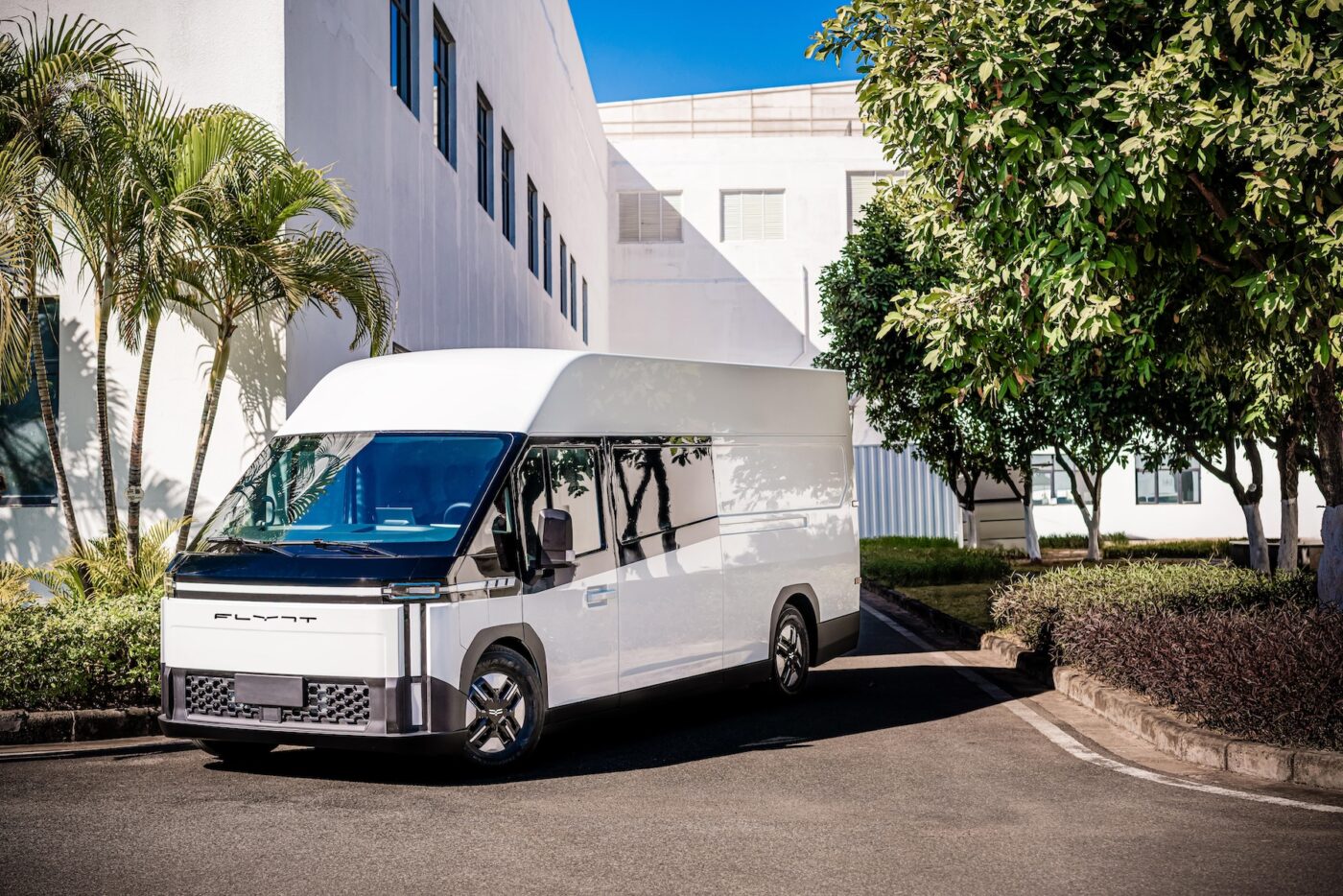
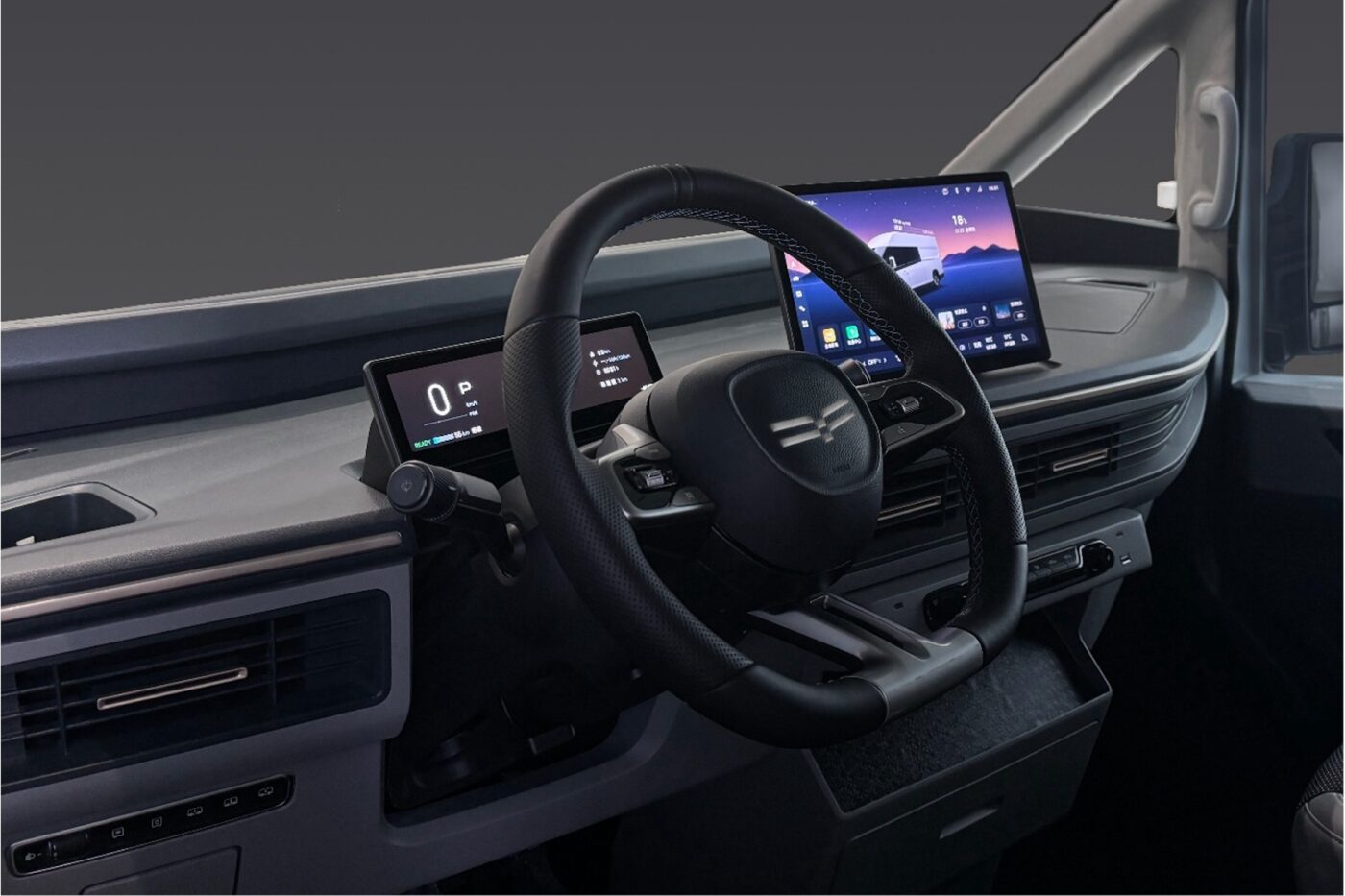
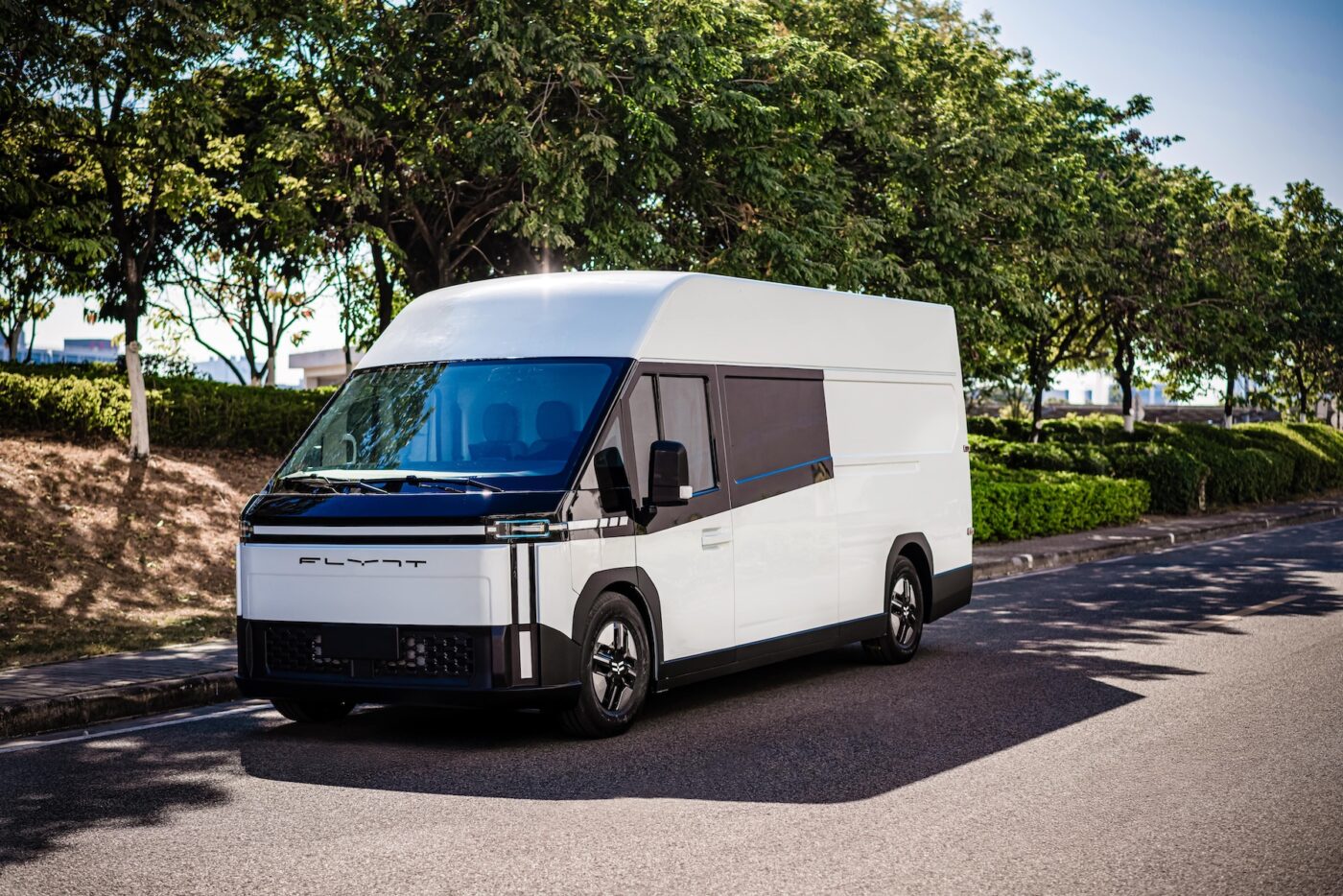
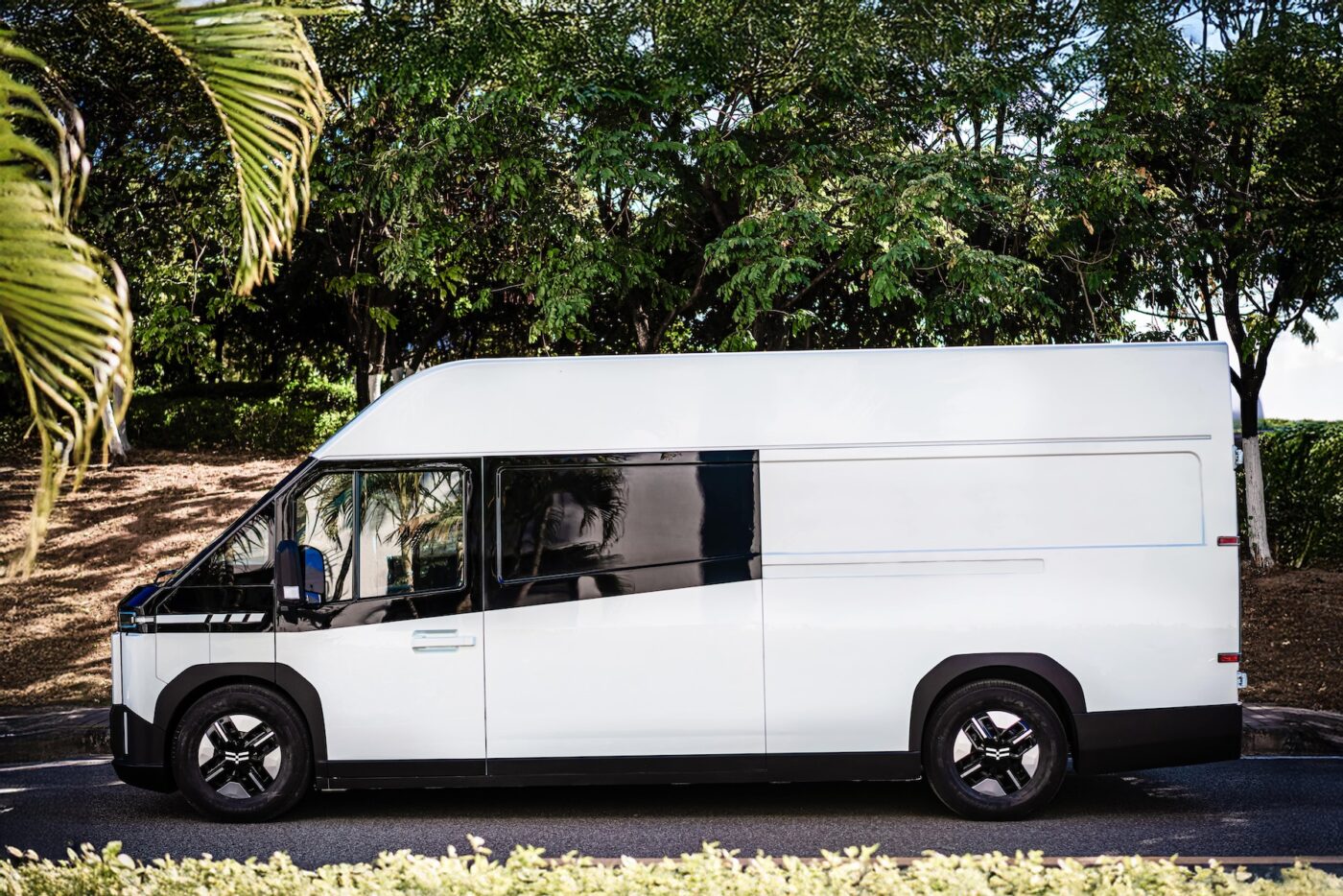
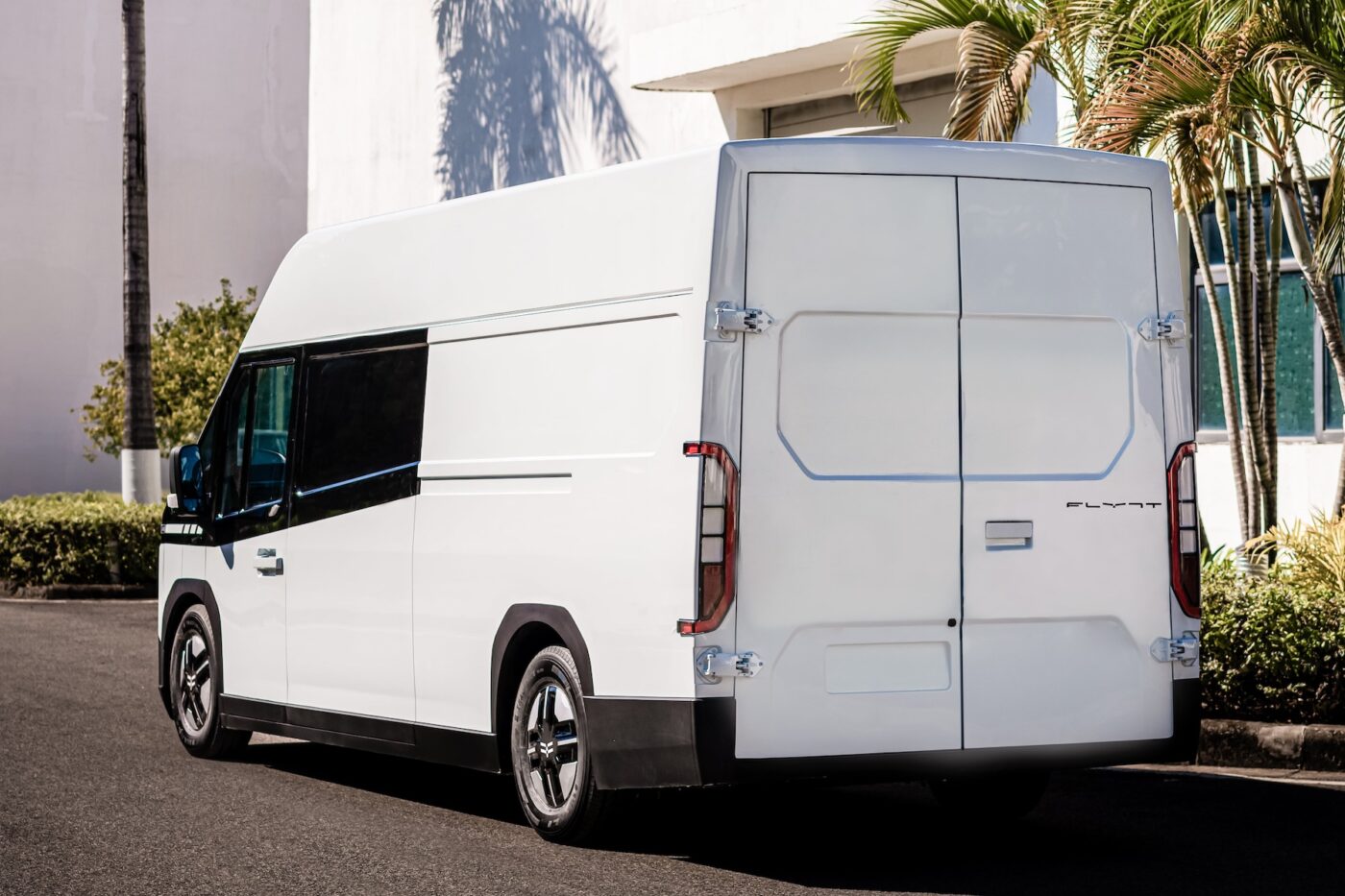
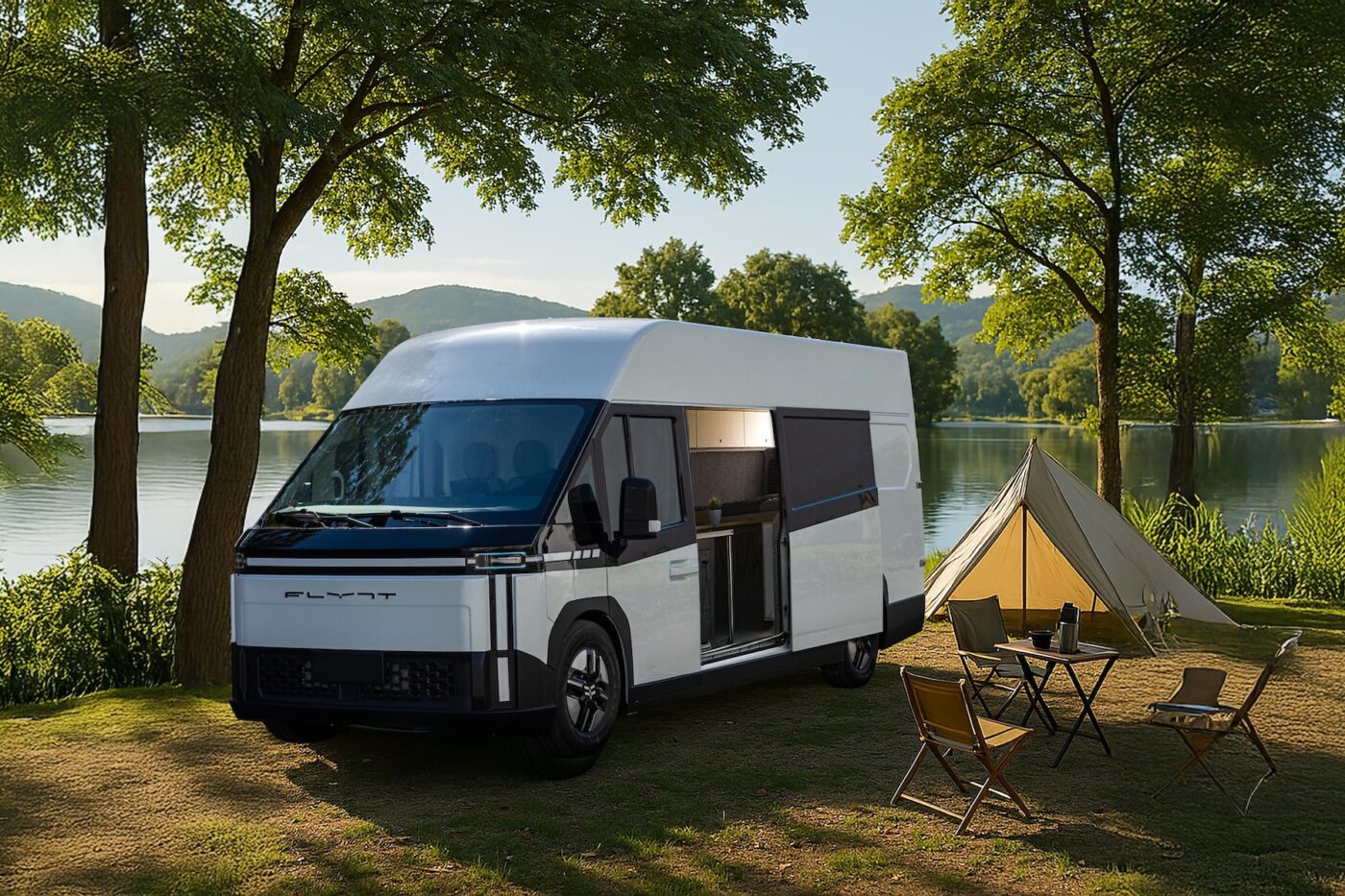
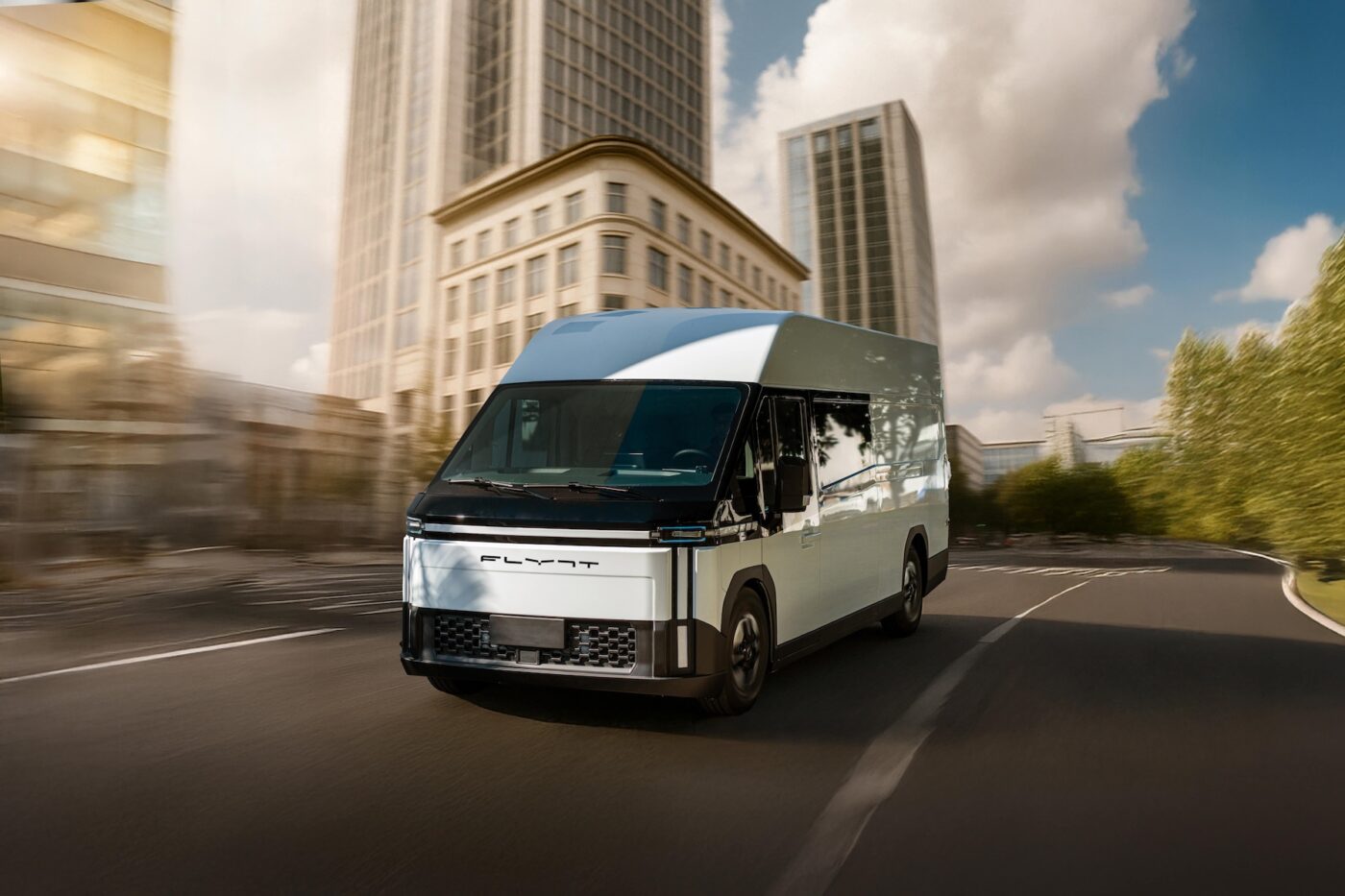
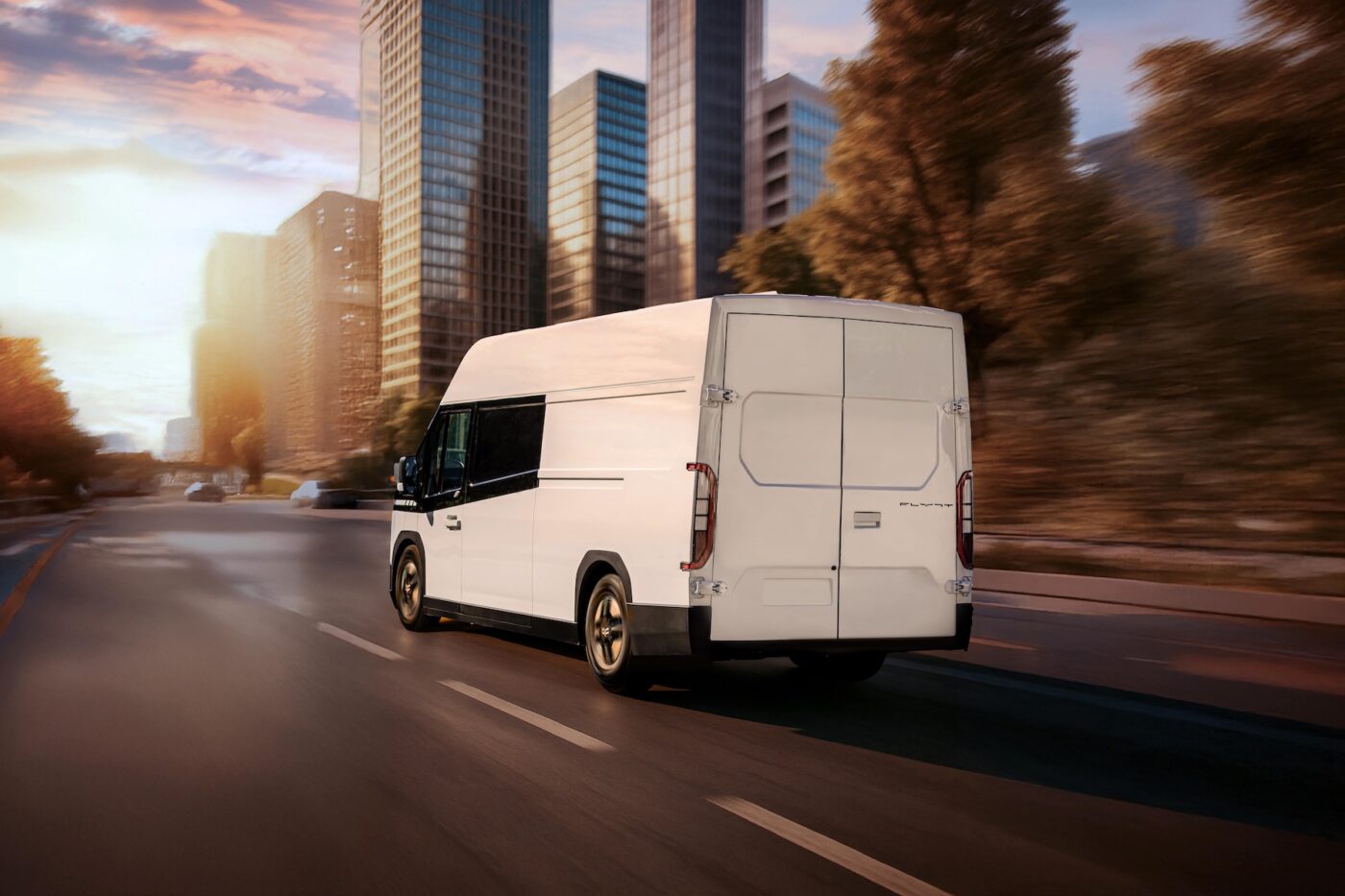
This co-creation philosophy runs through the entire business model. Flynt wants to sell vehicles, as well as digitally map the entire customer journey – from initial contact to after-sales service. A dedicated digital platform will seamlessly integrate all processes.
Market launch planned for 2026
The prototype was first shown to selected media in China in January 2025. The vehicle is due to arrive in Europe this summer for pilot projects and customer tests. The official market launch is planned for 2026 – initially in Germany and Norway, according to a report by German Elektroauto-News, with subsequent expansion into all 26 target markets in Europe. At the same time, Flynt is building a decentralised partner network to ensure local service, support and vehicle availability. According to the company, the first sales partnerships have already been signed.
“By integrating this advanced EV technology into a vehicle specifically designed for European fleets, we’re able to achieve a level of efficiency, reliability, and performance that directly translates into lower total cost of ownership,” added Rogan Liu, Founder of Flynt. “It’s a product built not just for today’s expectations — but for tomorrow’s operations.”
It remains to be seen whether Europe’s fleet operators are ready for an absolute newcomer – especially as Flexis, the new electric transporter brand from Renault, the Volvo Group (not to be confused with Volvo Cars) and the French logistics company CMA CGM, wants to launch at virtually the same time next year. Both newcomers must first manage to seriously compete with established electric transporters such as the eSprinter from Mercedes-Benz, the eDaily from Iveco or Ford’s e-Transit.
Source: Information per e-mail (in German), elektroauto-news.net (in German), linkedin.com

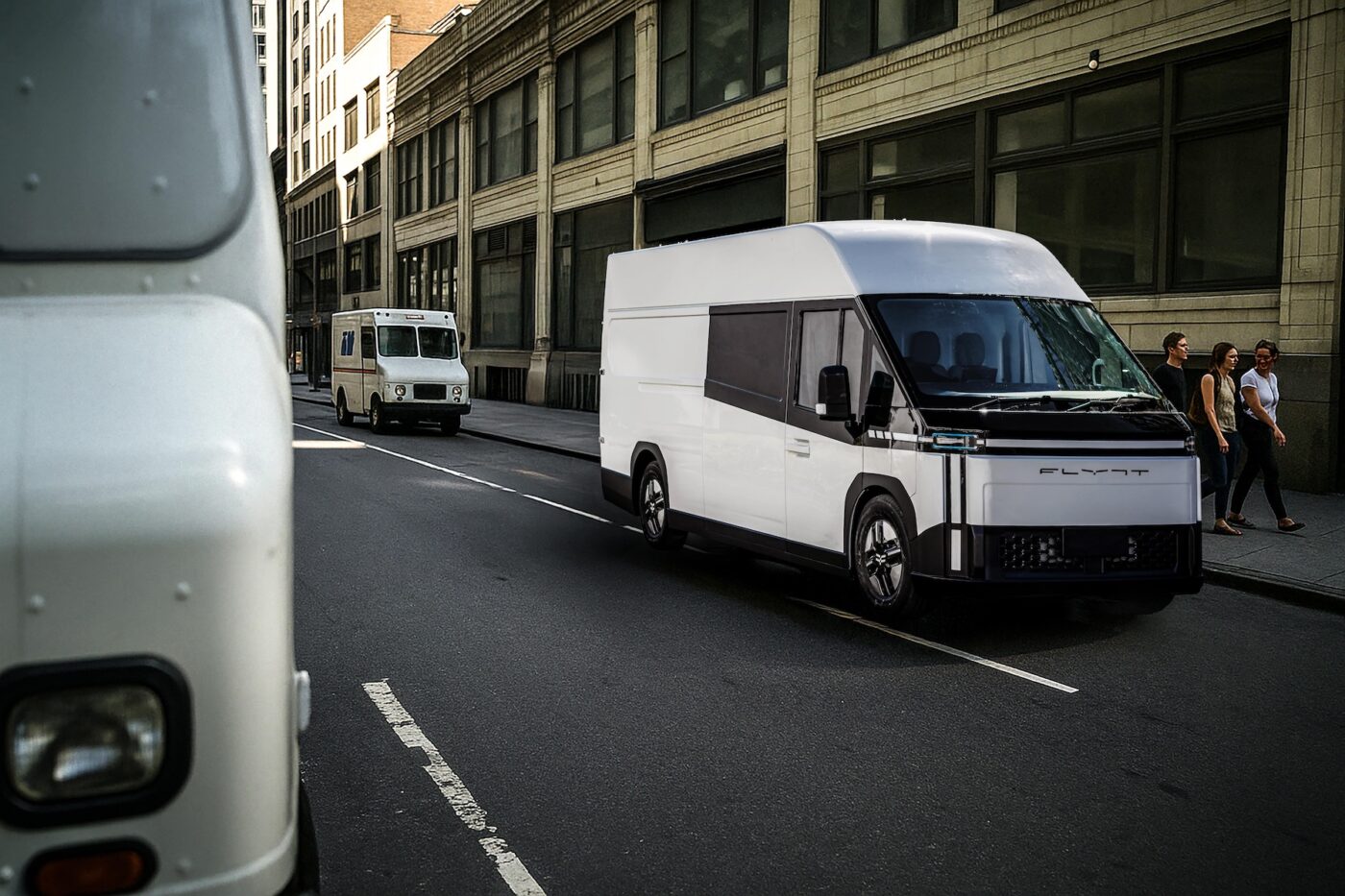
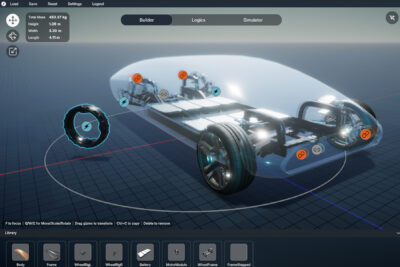
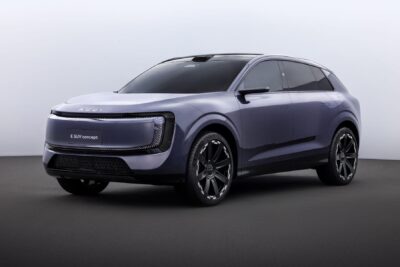
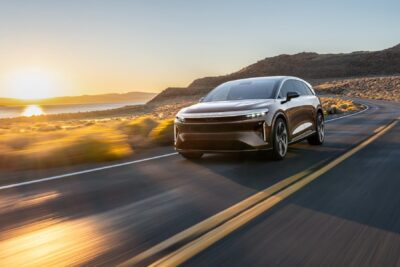
1 Comment